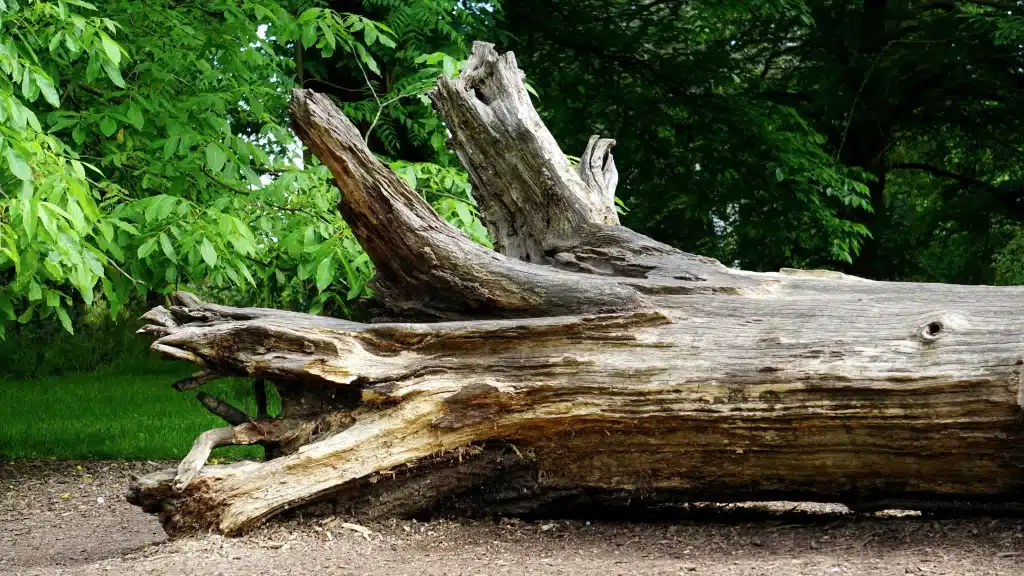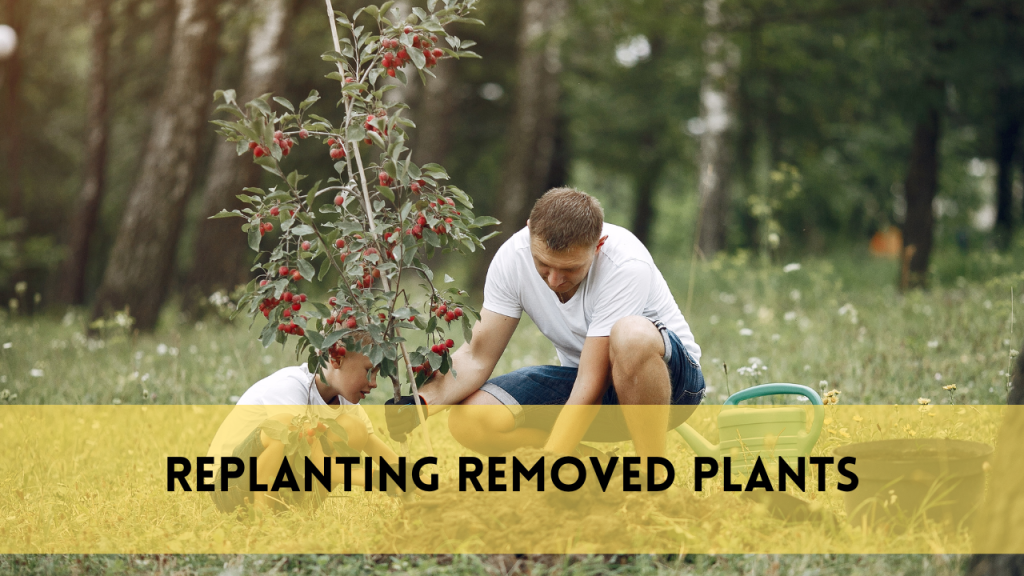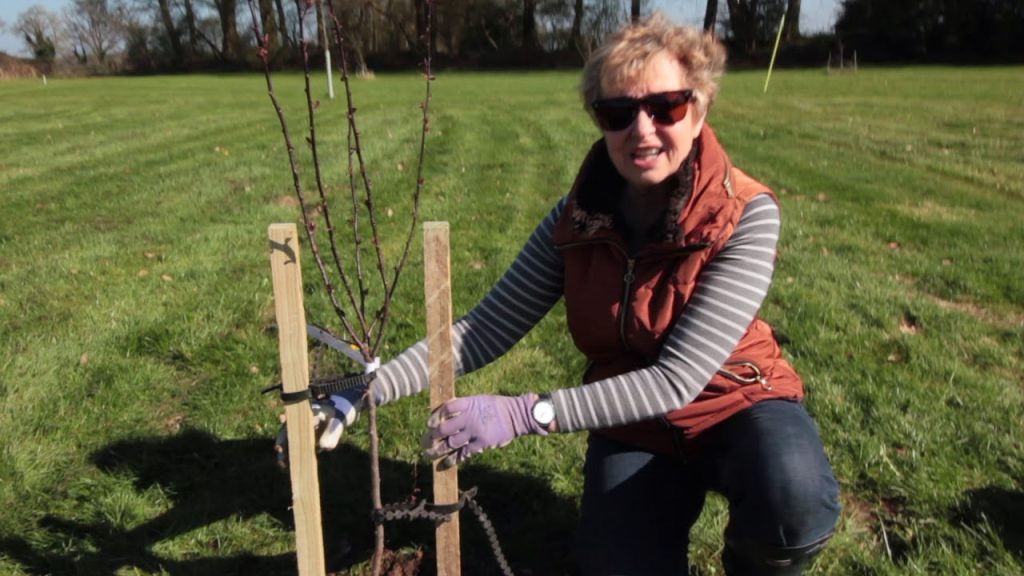Planting a tree is an act of optimism, a gesture that looks to the future with hope and promise. Trees are not only essential for the environment but also for our well-being, providing shade, purifying the air, and enhancing the beauty of our surroundings. In this comprehensive guide, we will explore the ins and outs of planting a tree where a stump was removed. We’ll cover the step-by-step procedure, safety measures, advantages, and potential drawbacks to help you embark on this journey with confidence. In this artical we will learn about Plant a Tree where Stump was Removed.
Can we Plant a Tree where Stump was Removed?
Before we dive into the planting process, let’s first understand the challenges that come with planting in a location where a stump has been removed. These challenges include:
1. Residual Stump Material:
Even after a stump is removed, there may still be pieces of wood, roots, or debris left behind in the soil. These remnants can hinder the growth of new tree roots and create obstacles to healthy development.
2. Soil Compaction:
The process of stump removal often involves heavy machinery, which can compact the soil around the stump site. Compacted soil limits root penetration and water absorption, making it less hospitable for a new tree.
3. Nutrient Depletion:
The decomposition of the old stump can deplete the soil of essential nutrients. New trees require a nutrient-rich environment to establish themselves and grow successfully.
4. Microbial Balance:
Stump removal can disrupt the natural balance of soil microorganisms. Healthy soil microbes are crucial for nutrient cycling and root health.
5. Contaminants:
In some cases, contaminants from chemicals or treatments used on the old stump may still linger in the soil, posing a risk to the new tree’s health.
Procedure to Plant a Tree where Stump is Removed
1. Stump Removal and Cleanup:
Begin by ensuring that the old stump has been completely removed, including all visible roots and debris. Inspect the soil for any remaining wood pieces or roots and remove them.
If the soil appears compacted, aerate it by loosening the top few inches with a garden fork or mechanical aerator.
2. Soil Testing and Amendment:
Conduct a soil test to assess nutrient levels and pH.
Add organic matter such as compost to improve soil structure and fertility.
3. Choose the Right Tree:
Select a tree species that is well-suited to the site conditions, including soil type, moisture levels, and sunlight.
4. Planting Hole Preparation:
Dig a planting hole that is wide and shallow, typically two to three times the width of the tree’s root ball but no deeper.
Avoid creating a deep hole, as tree roots should be encouraged to spread horizontally.
5. Plant the Tree:
Gently remove the new tree from its container or burlap sack, being careful not to disturb the roots excessively.
Place the tree in the prepared hole, ensuring that the top of the root ball is level with or slightly above the surrounding soil.
Backfill the hole with soil, gently tamping it down as you go to eliminate air pockets.
6. Mulch and Water:
Apply a layer of mulch around the base of the tree to conserve moisture and regulate soil temperature.
Water the newly planted tree thoroughly, ensuring that the root zone is well-hydrated.
7. Establishment and Care:
Regularly monitor the tree’s growth and water it as needed to keep the soil consistently moist but not waterlogged.
Consider using slow-release fertilizers to provide essential nutrients over time.
Prune the tree as necessary to encourage healthy branching and growth.
Safety Measures
Safety should always be a priority when planting a tree where a stump was removed. Here are some safety measures to keep in mind:
- Use appropriate safety gear, including gloves, safety glasses, and sturdy footwear.
- Be cautious when removing the old stump and any remaining roots to avoid injury.
- If chemicals were used on the old stump, take precautions to prevent exposure and contamination.
Follow safety guidelines for operating any equipment or machinery during the stump removal process.
Potential Drawbacks and Considerations
1. Soil Compaction:
The process of stump removal may have compacted the soil in the area. Compacted soil can restrict root growth and water infiltration. Consider aerating the soil to improve its structure and prevent further compaction.
2. Root Competition:
Depending on the size and age of the removed tree, there may still be remaining roots in the soil. These old roots can potentially compete with the new tree for nutrients and space. Be mindful of any remaining root systems.
3. Disease and Pathogens:
Trees can be susceptible to diseases and pathogens, and the removal of an old stump might not eliminate these threats entirely. Monitor your new tree for any signs of disease, and promptly address any issues that arise.
4. Proper Care and Maintenance:
Newly planted trees require ongoing care and maintenance to ensure their healthy establishment. This includes regular watering, mulching, pruning, and protection from pests. Be prepared to invest time and effort into nurturing your new tree.
5. Tree Spacing:
Consider the spacing between your new tree and existing trees or structures. Ensure that your newly planted tree has adequate space to grow and thrive without crowding or competing with other vegetation.
Advantages of Planting Where a Stump Was Removed
While planting where a stump was removed presents challenges, it also offers several advantages:
1. Optimal Location:
The location may still offer the best spot for tree growth in your landscape, in terms of sunlight and aesthetics.
2. Reuse of Space:
Utilizing the same space allows you to continue enjoying the benefits of a tree without dramatically altering your landscape.
3. Aesthetic Continuity:
Planting in the same spot can maintain the overall look and feel of your garden or yard.
Conclusion
Planting a tree where stump was removed can be a fulfilling experience, but it comes with its unique set of challenges and considerations. By the tips outlined above and remaining vigilant about potential issues, you can increase the chances of your new tree’s success. In the end, the effort you put into planting and nurturing your new tree will be rewarded with the beauty, shade, and environmental benefits that trees offer to your outdoor space.



